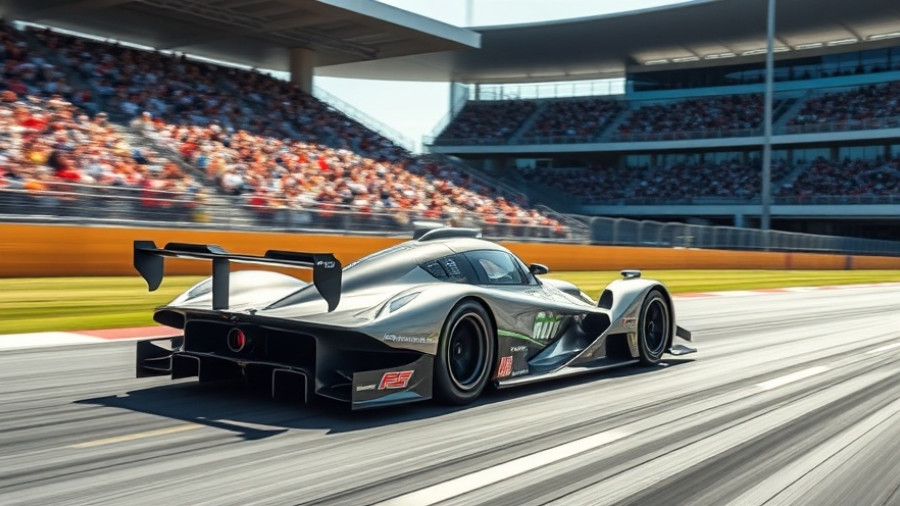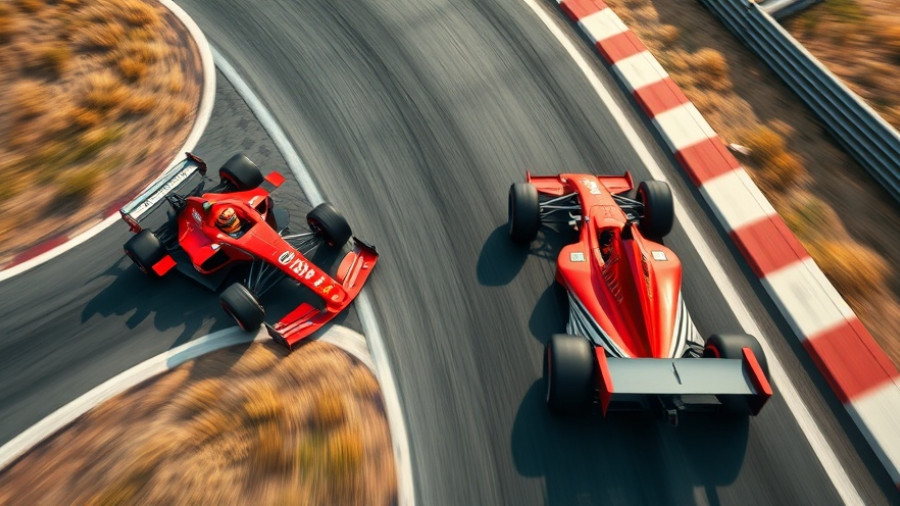
How the 2026 F1 Regulations Transform Aerodynamics
In anticipation of the 2026 Formula 1 season, significant changes to aerodynamics are on the horizon. Aston Martin's Executive Director Bob Bell has provided insight into how these new rules will revolutionize F1 car designs as the sport gears up for a crucial technical transition. While discussions surrounding the 2026 rules have primarily focused on new power units, Bell emphasizes the equally important impact on aerodynamics.
The Return of Active Aerodynamics
The new regulations will reintroduce 'active' aerodynamics, a strategy previously limited in the sport. This innovation allows the manipulation of front and rear wings to optimize performance based on the racing environment. For example, during straights, the wings can open to reduce drag, while they can close during corners to increase grip. These adjustments aim to improve racing dynamics, facilitating more thrilling overtakes and close competition.
Tackling Previous Challenges: The End of Porpoising
One significant concern from the current regulations is the 'porpoising' effect, where cars oscillate erratically due to airflow disruptions. The 2026 regulations aim to eliminate this issue by replacing contoured 'ground-effect' tunnels with a flat underside. Bob Bell noted that the intention is to strike a balance between ease of driving and performance, addressing the sensitivity of the current cars to aerodynamic changes, thus preserving enjoyable racing characteristics.
What to Expect from the New Car Designs
Beyond aerodynamics, the 2026 regulations will see the cars become smaller. The maximum wheelbase will shrink by 200mm, and the width will drop by 100mm. Additionally, tires will be slightly narrower, with adjustments in width. Despite these size reductions, the cars must become stronger yet lighter, posing a unique engineering challenge before the racing season starts.
Implications for a Competitive Future
As teams continue preparing for these significant changes, the main objective remains straightforward: ensure that cars maintain their competitive edge while providing a safer, more thrilling racing experience. The combination of new technologies and design philosophies under the 2026 rules promises to shape the future of Formula 1 racing, making it more efficient and engaging for drivers and fans alike.
Aston Martin's proactive approach represents just how vital these advancements will be as the landscape of F1 evolves. Fans and stakeholders alike should prepare for an exhilarating 2026 season filled with innovation, challenge, and potential breakthroughs.
 Add Row
Add Row  Add
Add 




Write A Comment